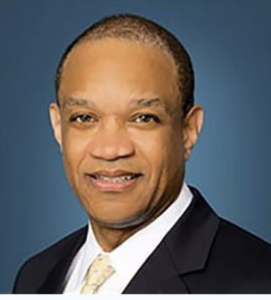As our world evolves to cope with the pandemic and we begin moving forward into a changed future, now is the time to take stock of ourselves and the environment in which operate. What has changed for the long term? What practices do we want to keep and what will we go back to? This is true for us personally and professionally and should also be a consideration for those of us serving on boards. Some organizations have had the luxury of being able slow down and “wait it out”, only making the critical decisions required to keep the lights on while the pandemic raged outside. Others have been pushed into overdrive and had to make gut wrenching decisions on cutting back and holding on, all while trying to meet their mission and serve a population who needs their services now more than ever.
As we move forward, this is a great time for organizations to assess board practices and performance and move into the “new normal” with clarity and confidence. As BoardSource Certified Governance Consultants since 2014, we have seen first hand how completing a BoardSource Board Self Assessment (BSA) can help our clients identify their strengths and weaknesses and hold themselves—both individually and collectively—to a higher standard of performance. The assessment tool focuses on four critical governance roles:
- setting strategic direction,
- ensuring adequate resources,
- providing meaningful oversight, and
- board structure and operations
Within these, the assessment explores Board members’ understanding and perceptions of its strength across ten areas of responsibility. Each section contains both closed and open-ended questions, offering robust information and a detailed final report. Individual answers remain anonymous and confidential, offering the opportunity to speak openly and candidly about all aspects of board operations. The report also benchmarks your board’s responses against other nonprofit organizations that have answered the same questions, which may be helpful as you consider your board’s performance relative to peer organizations.
When you book a Board Self Assessment with Board Veritas, you can count on our expert governance team to lead you through the process and make sure that you not only get the robust full report, but can understand and apply the results. Our expert governance facilitators/consultants will analyze the detailed report for themes, concerns and action items. Your board will receive an executive summary and be led through the results and proposed actions at an in person or virtual retreat. For more information on how the Board Veritas team can lead you through the assessment process and beyond, please email us.
– Signe C. Bell, Director of Nonprofit Programs, University of Delaware Center for Community Research & Service; Senior Consultant, Governance & Policy, Board Veritas
– Lisa Anne Thompson Taylor, CEO, Board Veritas






